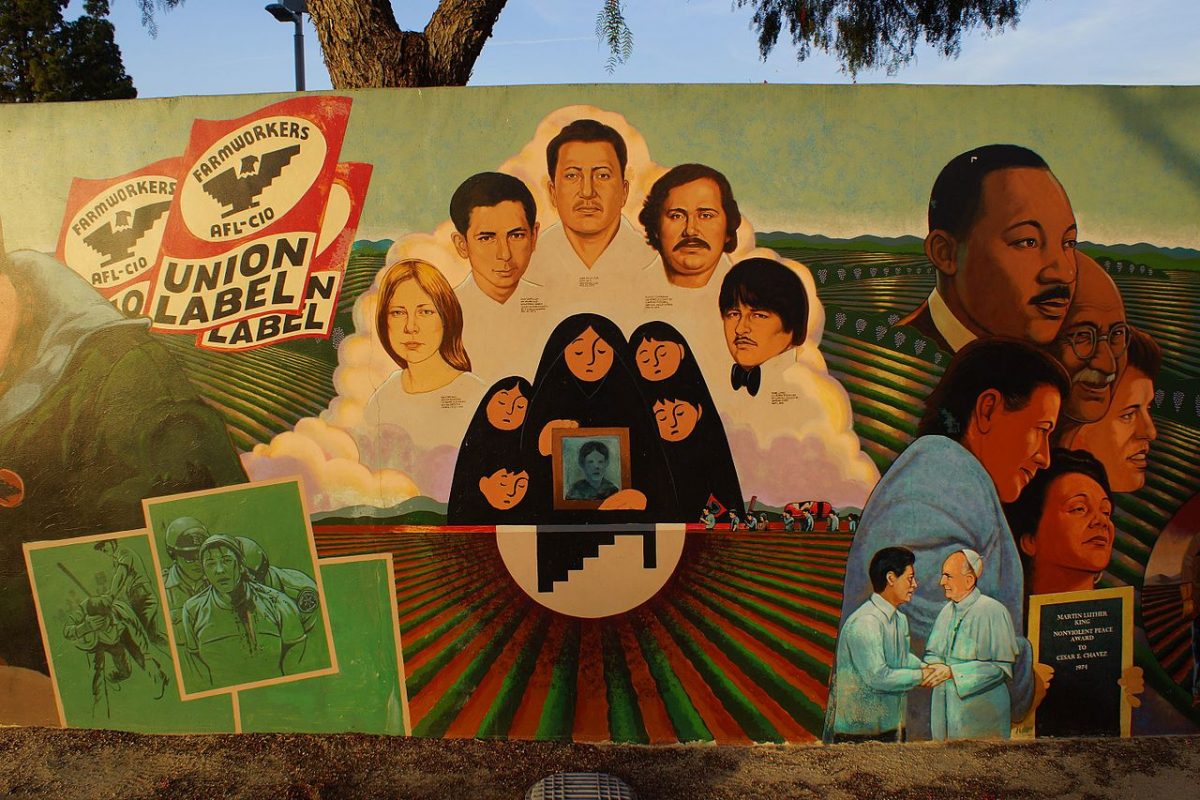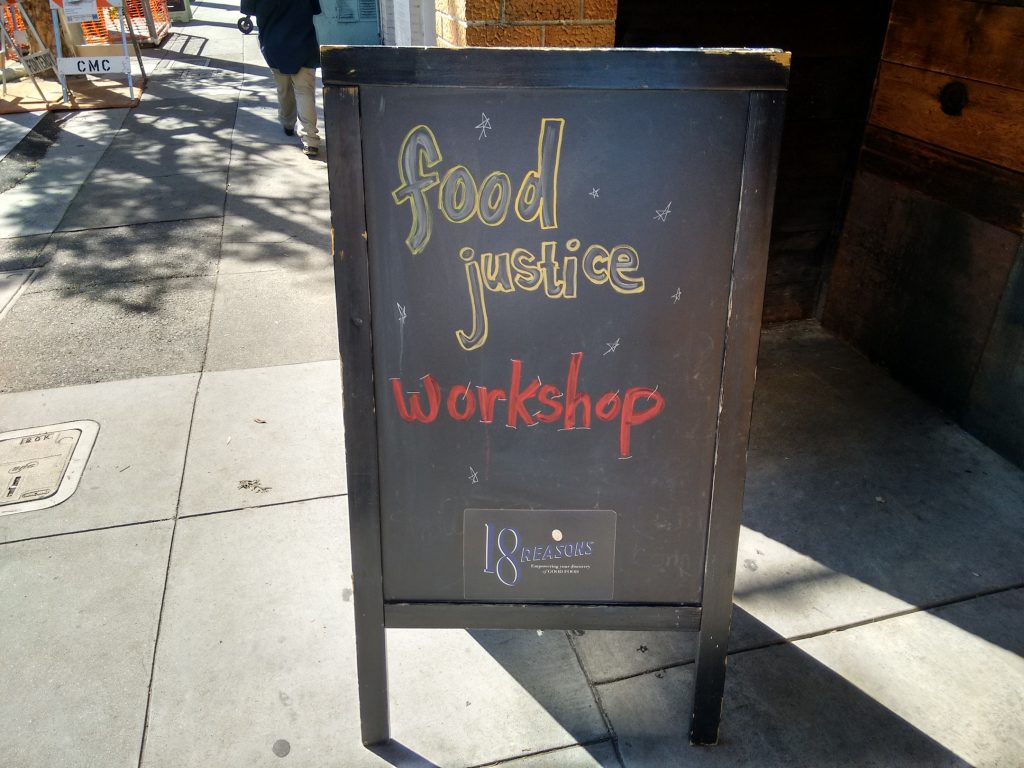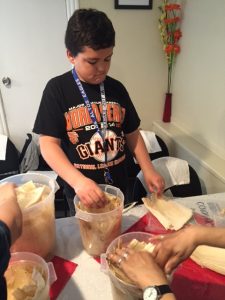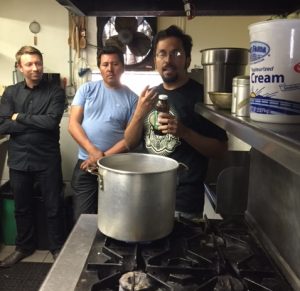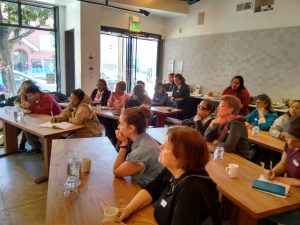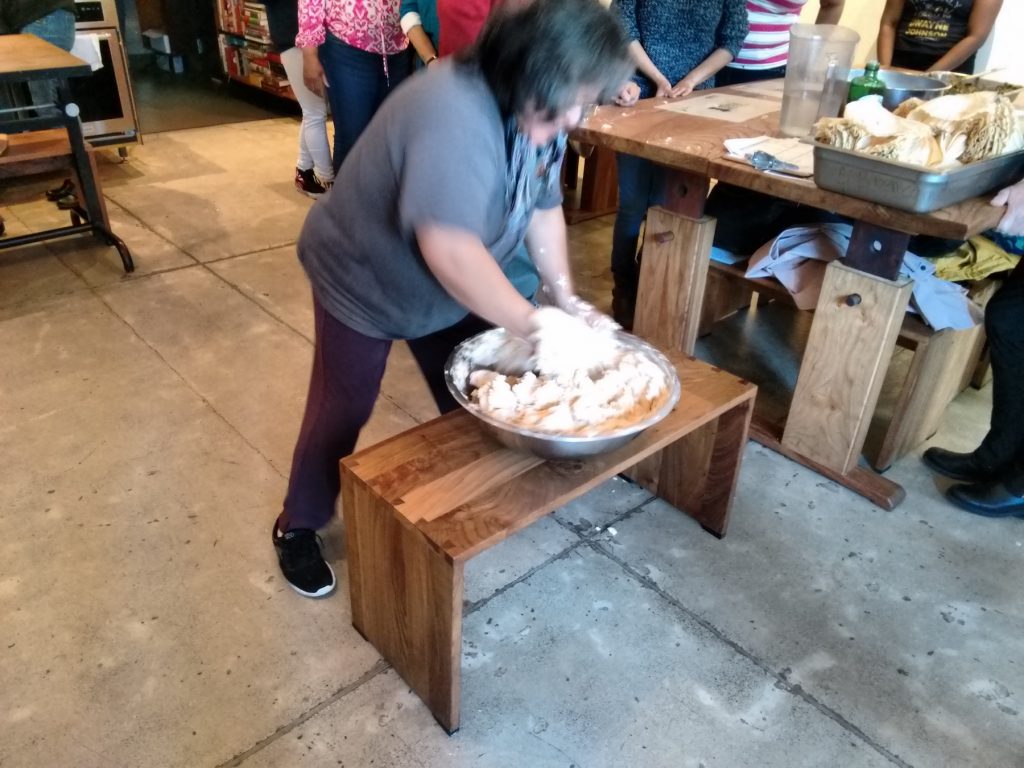It’s sad for me to hear about the violence that has overcome Chiapas. Already back in 2018, the last time I was there, my friend Pilar told me grisly stories about what women there – women that she personally knows – had experienced and witnessed. Now there are increasingly more articles about the cartel violence that has made its way to the land of the Zapatistas. I found this one informative. I have been thinking about this because of a recent article about the assassination, in San Cristobal, of a priest who was an advocate for indigenous rights.
I started this blog at the beginning of a 6-week stay in San Cristobal in 2016*, but that was not my first time there. I spent about 3 months in Chiapas in the early 2000s and also went back for a few days in 2018 for the first women’s encounter convened by Zapatista women.
The first time around I spent about a month in a small Zapatista community – it was so different from what I saw in 2018! We had no electricity or running water. I would cook beans after making a fire with leña. I would use the onion and garlic we had brought from San Cristobal, but I would feel a pang of guilt when I’d share my beans with the villagers (all hermanos and hermanas) who always stopped by our place, as they would say things like “muy sabrosa su comida”… because they didn’t have much access to onions, garlic or anything else. I’d also use chili peppers but learned to tone it down as the people in that community did not eat spicy food and I didn’t want my beans to be too spicy to share.
On the subject of leña, my friend Patrick and I would always admire the muscular arms of the hermanas, because every day they chopped leña. Their arms were like tree trunks. I had met Patrick back in Switzerland during our preparatory workshops to go to Chiapas as human rights observers, and we ended up getting sent to this particular village together. Patrick’s Spanish was better than mine at the time, and he was much better read on Zapatismo and everything else, so he would spend a lot of time talking with people, including one of the two pairs of unmarried sisters of the village. He got some indication that marriage was of interest to one of them and he would muse about staying in Mexico and growing a little milpa. As a Swiss, he was seen as less macho and potentially a better husband than the local men. Those two sisters were feminists and unmarried, but Patrick was maybe the kind of man with whom marriage could be possible.
Indeed, the Zapatistas might have embraced feminism but that doesn’t mean that attitudes completely changed overnight. I was also the object of some interest: some of the young men asked Patrick if I was a virgin, presumably to see if I was marriage material. Patrick told them that he didn’t know and they should ask me directly. They never did, thankfully!
There was another pair of older unmarried sisters who grew tobacco and rolled puros. They’d come give us a taste, “like any good dealer” as Patrick would joke, and we spent a lot of our time sitting around and smoking those homegrown puros. I might still have some in my old boxes. We also rolled our own but mine were pretty bad and I kept having to relight them, so I was happy to purchase theirs. My theory was these two were also shamans or some sort of healers, but I would not have been privy to that. I do know however that shamanism was part of the local social fabric. One of the women who led the workshops we attended before going to Chiapas was an anthropologist by training, and she initially went to Mexico in that capacity. She shared how her sister had suffered severe, debilitating depression and had been cured of it by a shaman in Chiapas. She warned us however against prying.
For bathing, we had to walk a ways to get to the river. There was a different spot for men and women, and self-conscious as I am, I just had to deal with it and take my shirt off in front of the other women. One time an hermana pinched my boob and said “que hueros tus chichis!” Getting to and from the bathing spot always made me anxious because there were cows grazing and they were very aggressive, they would sometimes run after you and stare you down. The villagers would say to be careful of the vaca loca. I would skirt around the field as much as I could, and luckily, nothing ever happened (aside from being scared out of my mind). To this day I am still afraid when I pass cows and especially bulls while hiking.
The annoyances are fond memories now, because I am glad I got to know a little bit of that world. Like the last night I spent in our shack, lying there worried that scorpions would fall on me. Our walls were just wooden planks with gaps between them. There was a strong storm so the wind was blowing inside, and we had given up on trying to light candles. Scorpions and tarantulas were common in that area, and I had seen a couple scorpions that evening on our walls or ceiling. I lay there worried that as the whole structure shook, any scorpions that might be above me would be shaken loose. Thank the Goddess, that was not so, and the next day we made our way back to San Cristobal unscathed, wading through deep mud.
My trip in 2018 was shorter but powerful. Zapatista women convened a women’s encounter – for “mujeres que luchan” – and while they expected about 1500 women, about 6000 showed up. We absolutely made do. We had enough food, the bathrooms weren’t great but we survived, we made connections and we got to be in a wonderful male-free environment for several days, with Zapatista women patrolling with their uniforms and weapons to make sure there were no men (they are soldiers after all). There were talks, activities and art and photography exhibitions (many of which would have been deemed “white feminism” by wokesters in the US). I attended a talk that featured a recorded message to our gathering from a Kurdish fighter in Rojava, during which she stressed that women’s oppression is the first colonization. A good message, and one that American wokesters would again dismiss as white feminism if they heard it from a “white” woman.**
The ignorance and mind-addling ID politics of Americans are what they are–at least some American women got to hear these ideas and experience this sort of space in a way that they could actually hear and experience them (if not entirely accept them). It didn’t escape me that this was just a few years after Mitchfest shut down. As someone both of American and Iranian origin, I can say in no uncertain terms that just as whitewashing is a thing, brownwashing is also a thing. But again, it is what it is. While some will have the need to see this space as something that only indigenous women have ever built, it does not take away from the fact that the space and experience were truly very special.
The last night we got treated to a party and a show, with theater (one skit on the harms of prostitution coming to indigenous communities) and music (ski-masked Zapatista women with electric guitars felt like a world away from my little Tojolabal village of yore, where to have a party meant that we danced some sort of awkward two-step to a rythmless marimba). At the end of the program, everything went completely dark. We stood there waiting. Then, hundreds of candles were lit, held by the Zapatista women who were standing around us. They gave a powerful and moving speech that stayed with me for days.
Well, I don’t know exactly what it is that stayed with me; it could have been the words that were spoken, it could have been the impressive spectacle effect, maybe some sort of ritual power had been raised, or maybe it was the whole experience of my days spent there… I don’t know. What I can say is that for days afterwards, I felt an opening in my chest, unlike anything I had experienced before or since. I believe something happened to my heart chakra, an opening, a healing, something. While I don’t know exactly what I was feeling and what caused it, I believe that healing and accessing other experiences can happen when women take time to be away from men.
Holding their candles, the Zapatista women asked that as we go back into the world, we always carry the light that they were giving us, that we remember that we are not alone but in sisterhood, that we continue our lucha.
I have been wondering whether I should restart Seed the Commons, and how best to go about it. I think that the decolonial perspective that Chema and I brought to the table can still be useful. I’ve recently been confronted repeated lack of sensitivity and integrity around racism, sexism and colonization from white North Americans (US and Canada), and I think it is showing me possible directions for future projects. I will see.
I still carry the lucecita you gave me, hermanas.
* So many belated thanks to Pilar for helping me access indigenous communities for my research and for taking me on hiking outings! You helped make my trip a success.
** I use quotes sometimes when using these words not to imply criticism but to indicate that I am referring to the way Americans use these words, which might not be my own default way of using them or the default way of other people. The way Americans use terms like white, brown, black, POC… tends to be US-centric (and tautological), which is fine, but not universal (this is not evident for Americans as US-centrism leads them to take as given that their language, premises and ways of categorizing the world are universal).

